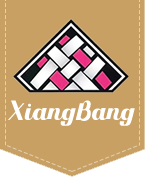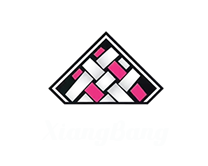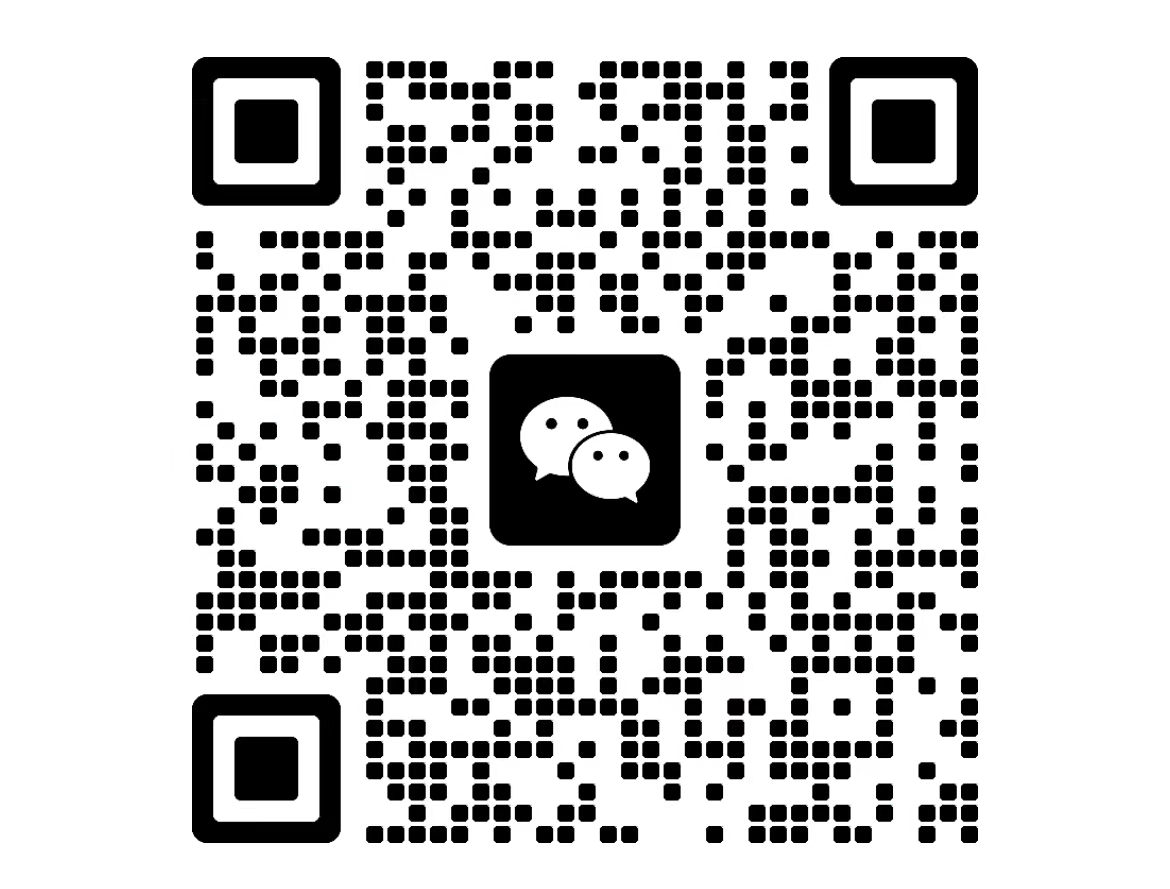In the first quarter of this year, China's exports to the United States accounted for 16.7% of the total textile and apparel exports, a year-on-year increase of 5.7%. From the perspective of export structure, clothing exports are the mainstay, supplemented by textile exports. In the first quarter, clothing exports accounted for 70.7%, and textile exports accounted for 29.3%. China and the United States have a huge trade surplus in textile and clothing trade. In the first quarter, the cumulative trade volume of China's textile and clothing was 293.15 billion U.S. dollars, of which exports were 9.61 billion U.S. dollars and imports were 180 million U.S. dollars, with a cumulative trade surplus of 9.43 billion U.S. dollars.
Sino-US trade friction is a hot spot that companies pay close attention to at this Canton Fair. At present, textile and clothing products are not included in the first round of the list of goods subject to additional tariffs, but in the second round of lists issued by both China and the United States, textile-related products have appeared. If trade frictions continue to escalate, the textile industry may be affected to some extent in the second half of the year.
According to data from the U.S. Department of Commerce, from January to February 2018, the top four textile and apparel exporters to the United States were China, Vietnam, India and Bangladesh, accounting for 35.8%, 10.9%, 6.9% and 5% respectively. At present, China still has an absolute advantage. As the second largest textile and clothing import market in the United States, Vietnam is most likely to undertake the transfer of orders because of its relatively complete industrial facilities, low production costs, and abundant labor. The trade friction between China and the United States will enable Vietnam to occupy favorable conditions and snatch the textile and clothing orders from China exported to the United States. This is a severe challenge for Chinese textile and clothing enterprises.
Most exhibitors believe that considering the interests of domestic buyers in the United States, the United States will not add textiles and clothing to the list of additional tariffs. The U.S. textile industry has already shrunk severely. Cracking down on the import of Chinese textiles will not directly help the U.S. manufacturing industry. Moreover, China, as the country with the most complete textile and garment industry chain, no country in the world can compete with it. In addition, with the acceleration of the global layout of China's textile industry, many Chinese enterprises have established their presence in Vietnam and other Southeast Asian countries in recent years. Even if the United States imposes taxes on imported Chinese textiles, the impact on such enterprises will be limited.
Sino-US textile trade friction has a long history, and it did not stop the development of China's textile industry at the most difficult time, but accelerated the upgrading of China's textile industry. In the face of Sino-US trade frictions, enterprises should speed up transformation and upgrading, strengthen themselves, keep an eye on the general trend, and enhance their ability to resist risks.



